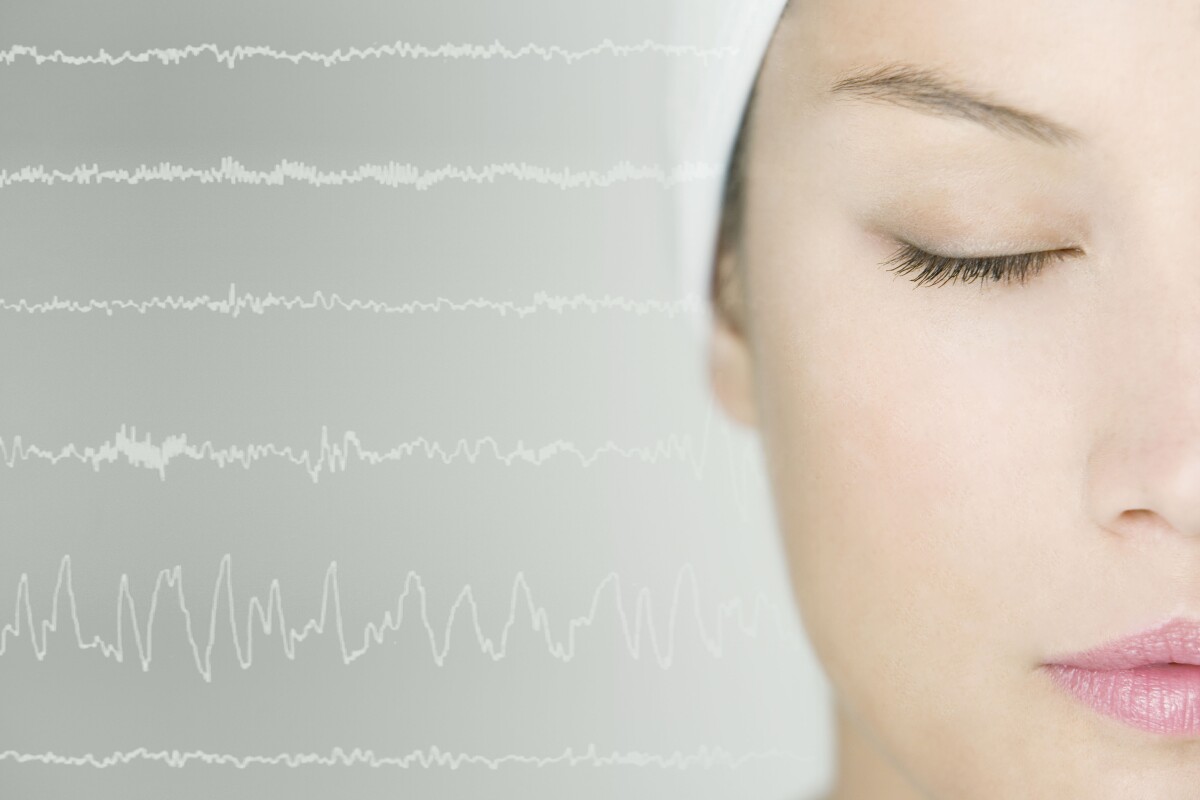
Sleeping brainwaves could point the way to the best antidepressant
by Ben CoxworthCurrently, in order to see if an antidepressant works, patients have to take the drug for at least a month. New research, however, suggests that by monitoring a patient's brainwaves as they sleep, the effectiveness of an antidepressant can be gauged in as little as one week.
In a small pilot study led by Dr. Thorsten Mikoteit of Switzerland's University of Basel, a team of scientists started with a group of 37 test subjects.
All of the participants were already being treated for major depression via various antidepressant medications. And during the study period, they also all regularly had their brain waves measured during the REM (rapid eye movement) phase of sleep. More specifically, the scientists were looking for changes in a factor known as prefrontal theta cordance.
A control group of 15 of the volunteers simply stayed on their existing medication for the duration of the study. The other 22, though, were regularly switched to different medications if their brain wave activity suggested that the current drug was likely to be ineffective.
After five weeks, 87.5 percent of the people in the second group experienced a significant improvement in their condition, as measured by the standard Hamilton Depression Rating Scale. By contrast, only 20 percent of the control group experienced a similar response.
Plans now call for a larger-scale study to be conducted. And the scientists acknowledge that while the sleep-monitoring process may be expensive, the cost would likely be offset by getting patients on the correct medication sooner, reducing the money wasted on ineffective antidepressants.
"We have been able to show that by predicting the non-response to antidepressants we were able to adapt the treatment strategy more or less immediately," says Mikoteit. "This enables us to significantly shorten the average duration between start of antidepressant treatment and response, which is vital especially for seriously depressed patients."
Source: European College of Neuropsychopharmacology via EurekAlert